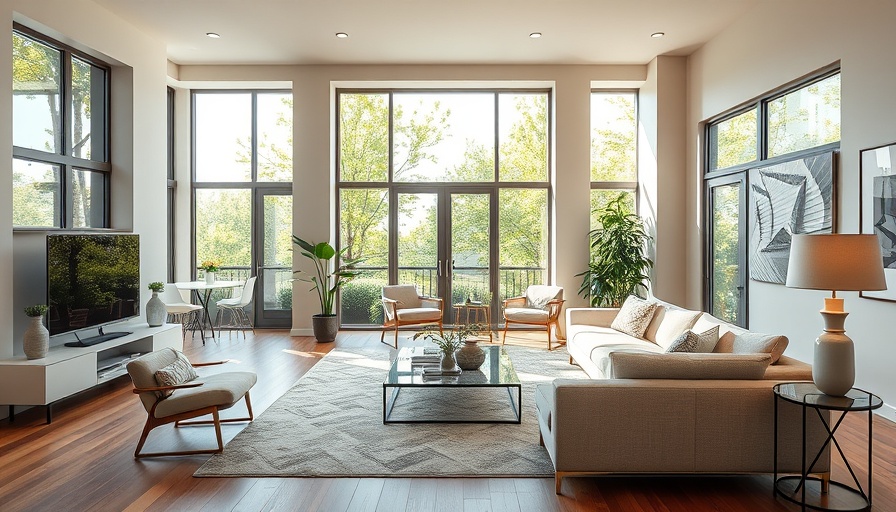
The Transformative Power of Home Staging
When selling a home, presentation is key, a principle that underscores the undeniable benefits of home staging. Through strategic staging, sellers can create an inviting environment that captivates potential buyers and significantly improves their chances of a successful sale. Staging isn't just about aesthetics; it's a powerful marketing tool that can result in homes selling faster and for a higher price.
First Impressions Matter
The adage "you never get a second chance to make a first impression" rings especially true in real estate. A well-staged home immediately communicates care and quality to prospective buyers. From boosting curb appeal with fresh landscaping to ensuring that interiors are bright, uncluttered, and furnished thoughtfully, home staging sets a positive tone right from the start. Buyers are more likely to feel emotionally connected to a home that feels inviting and well-maintained.
Fast Sales at Higher Prices
The financial implications of home staging cannot be overstated. Research indicates that staged homes sell up to 73% faster than their unstaged counterparts. In a market where time is of the essence, expedited sales can be crucial. Notably, staged homes often secure higher offers, attributing this success to perceived value enhancement, the minimization of flaws, and an emotional connection that buyers form with the staged space. Homes with the right staging techniques tend to close in an average of 23-28 days, compared to 60-90 days for vacant properties.
Maximizing Return on Investment
Investing in home staging can yield significant returns. The cost of staging is often far outweighed by the higher sale prices homes can command. Additionally, real estate experts suggest that spaces that feel larger and more purposeful—a direct result of effective staging—can lead to a more competitive market presence. By diminishing distractions and presenting the home as a well-cared-for property, sellers can attract more potential buyers and boost the overall sale price.
Overcoming Market Challenges
In competitive real estate markets, staging levels the playing field. Buyers have numerous options at their fingertips thanks to platforms like Zillow, Redfin, and Trulia, making first impressions more critical than ever. A staged home stands out amongst the listings, enhancing its online presence with stunning photos that capture a carefully curated atmosphere. A home's visual representation can dramatically impact buyer interest and engagement, crucial factors in today's fast-paced market.
The Emotional Connection
One of the most compelling reasons for staging is its ability to help buyers emotionally “move in.” Thoughtful touches like neutral decor, appropriate furniture arrangements, and inviting lighting create a narrative that allows buyers to envision themselves living in the space. This emotional engagement is essential, especially in a time when personal connection to a property can sway purchasing decisions.
Practical Steps for Effective Staging
For those planning to stage their homes, here are some practical insights:
- Declutter: Reduce personal items and excess clutter to create a spacious feel.
- Neutral Colors: Opt for neutral paint colors that appeal to a broad range of tastes.
- Furniture Arrangement: Arrange furniture to maximize space and enhance flow; avoid blocking pathways.
- Lighting: Utilize soft lighting to create a warm, inviting atmosphere.
- Outdoor Appeal: Don’t forget to enhance curb appeal; a tidy yard and clean entryway make lasting impressions before buyers even enter.
Conclusion: Taking Action to Stage Your Home
As you prepare to put your home on the market, consider the substantial benefits of staging. From creating a lasting first impression to improving your sale price and shortening the selling time, staging is an investment worth making. This simple yet effective strategy can be the difference between your house languishing on the market and achieving a quick, profitable sale. Ready to stage your home and attract potential buyers?
 Add Row
Add Row  Add
Add 



Write A Comment